Fight or flight
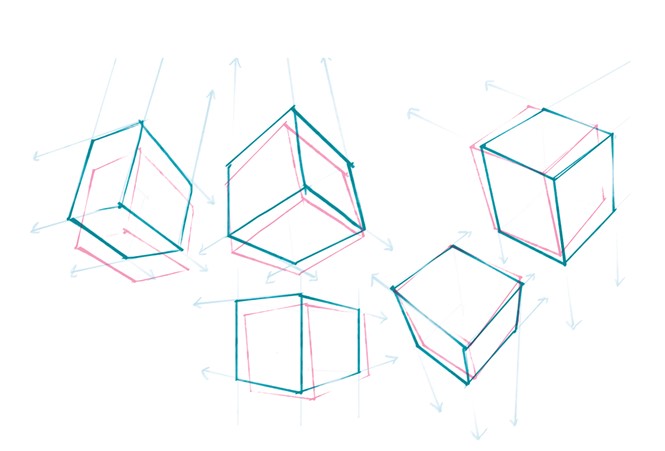
Companies that change their brands quickly due to adversity can fall prey to problems that will plague the new brand and potentially cause ruinous results. Hassan Butt analyses the successes and failures of
panic rebranding
Rebranding may seem like a silver bullet. Resurfacing from the ashes of brand adversity is seldom a graceful or dignified process and avoiding the panic that may ensue is easier said than done. With the value of brand increasing, developing a positive reputation and strong brand is top of the agenda.
However, as reputations blossom, so too do the dangers of brand failure – at the hands of crisis, changeover or collapse. In difficult times, many brands make the swift decision to redevelop a core identity.
In one instance in the 1970s, a boycott was launched against Swiss transnational food and drink company, Nestlé, after the company was alleged to have heedlessly promoted its baby milk formula across poverty-stricken countries around the globe. Urged to modify its publicity methods, Nestlé’s marketing practices were exposed, propelling the brand into bitter contention with large swathes of the public.
Nestlé’s response however, made clear that its brand would make few changes. For Stephen Cheliotis, chief executive at the Centre for Brand Analysis and chairman for annual brand indexes, Superbrands and Coolbrands, the initial decision to face brand challenges head-on is central to overcoming adversity. “If you’re rebranding a company properly, you’re not just giving it a lick of paint and just changing the veneer. You’re going under the bonnet and substantially looking at the proposition, the market and everything else. If it’s a speedy rebranding exercise, you’re not going to get the chance to look at all of that.”
The challenge of rebranding swiftly is that eschewing the traditional research and planning stages can resulted in a weaker brand. Softening the ground with stakeholders is also important to avoid backlash against the rebrand.
In 2012, former professional cyclist and cancer survivor, Lance Armstrong, was stripped of seven Tour de France titles and banned for life from the sport after it was revealed that he had used performance enhancing drugs for most of his career. The Union Cycliste Internationale (UCI) said in a statement from its former president, Pat McQuaid, “Lance Armstrong has no place in cycling. He deserves to be forgotten in cycling. Something like this must never happen again.”
Toeing a similar line, the Lance Armstrong Foundation, founded by Armstrong in 1997, was caught in the crossfire. Its decision to sever ties with Armstrong was spurred by an official statement specifying a “strong, independent course forward that is focused on helping people overcome financial, emotional and physical challenges related to cancer.” Yet the charity’s strategic decision to continue its brand pursuit resulted in the decision to rebrand to the Livestrong Foundation. The difficulty however, lay in the fact that naming agreements had to change. Previously held sponsorship ties with distinguished brands such as Major League Soccer and Nike were forced to end.
Paul Allen, strategy director at global branding agency, Saffron Brand Consultants, says, “Ordinarily, when there’s that crisis moment, you’ve got to be making sure that the reasons for that rebrand are sound, and it’s not just a knee-jerk reaction. It takes a lot of time, effort and money to rebrand, and you don’t want to go into that process lightly. The first stage of any rebrand is a scoping and immersion process, getting into the business and reframing it. Initial briefs change in any branding process. The danger with a crisis moment is that you can miss that, you jump straight to the ‘doing’ bit, not asking the entire breadth of questions that bring the whole organisation together.”
Without doing the ground work suggested by brand consultancies, the new brand may indeed fail. Often companies that rebrand without that preliminary development revert to their previous states due to poor reception by the public or by employees.
In some cases, attempts at developing a brand further can lead to ruin. In 2010, American clothing retailer, Gap, decided to update its visual identity. The result led to a completely revamped logo, departing from the blue-box hallmark that defined Gap since 1986, and entering a new era of Helvetica. Yet the new logo rattled the brand’s customer base, rallying calls for a return to the company’s familiar identity.
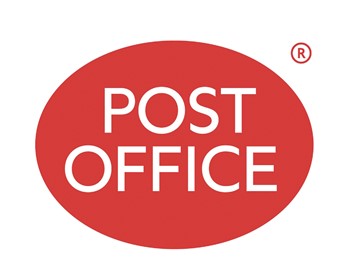
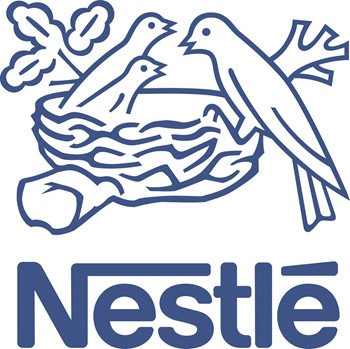
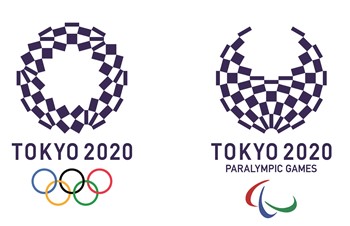
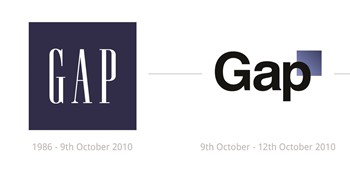
Conceding to the pressure, Gap complied, issuing a statement from then-North America president, Marka Hansen, that heralded the brand’s historic visual past. “Ultimately, we’ve learned just how much energy there is around our brand. All roads were leading us back to the blue box, so we’ve made the decision not to use the new logo on gap.com any further.” The misfire cost Gap approximately $100m and less than one year after it returned to its original branding, Hansen resigned.
In similar vein, pressure for brand change can force companies into a creative vacuum. For the UK’s Royal Mail, its 2001 modernisation saw the Post Office become a government-owned public limited company and a subsequent rename to Consignia soon followed. Fervent unpopularity with both employees and customers soon led to a stalemate, resulting in the Communication Workers Union eventually boycotting the name. Its branding however, despite its professional execution, held little in common with the original Post Office brand, and was ostracised by the 2002 introduction of the Royal Mail brand.
Keith Wells, of design consultancy, Dragon Brands, whose oversight of the identity change also led to a £2m price tag, remained sure that the rebrand was the right decision. In a BBC interview, Wells said, “It’s got ‘consign’ in it. It’s got a link with insignia, so there is this kind of royalty-ish thing in the back of one’s mind. And there’s this lovely dictionary definition of consign which is ‘to entrust the care of.’ That goes right back to sustaining trust, which was very important.”
Conveying a relevant and appealing brand to the wider audience, both internally and externally, can place trust, transparency and reputation at the centre of the discussion. This year, British multinational public relations firm, Bell Pottinger, folded in the wake of a scandal that saw the company breach ethical standards within the communications industry. Its Asia-Pacific branch however, made the decision to detach itself from its former fountainhead, reemerging as newly formed company, Klareco.
In a public memo, Klareco CEO, Ang Shih Huei and managing director of its Singapore firm, Mark Worthington, said days before Bell Pottinger’s collapse, “While the UK business is expected to go into administration as early as next week, the Asia business is entirely ringfenced and solvent. Our teams are intact, we continue to serve our clients and it is entirely business as usual.”
For Cheliotis, brand performance has a cause and effect relationship regarding reputation, and in reflex-driven branding scenarios, there’s little recompense in chasing shortcuts to achieve equilibrium. “Constant pressure can produce interesting results. Fundamentally, I think the whole process suffers because you’re not bringing in a wide lensed, thought-through and evidence- and insight-led approach. Making gut judgements on the whole comes back to the core question, which is, ‘Should you panic rebrand?’”
Although in few cases do panic rebrands lead to successful projects, temporality can serve as a tourniquet for brand disaster. Yet in Nestlé’s case for example, the shadow of crisis lingers on, with time deepening the scars of brand failure. Its decision not to take any steps to alter its brand image and perception, tells of a strong belief in the ability of its brand to clear the hurdles of consumer opinion. For many however, panic rebranding plasters over the cracks, allowing for time to heal the wounds of the previous struggle.
Battling against the stumbling blocks of the Olympic hosting process, Tokyo 2020 encountered its own branding setback in 2015. Accused of plagiarism after the proposed Olympic logo closely resembled the logo of Belgian theatre company, Théâtre de Lièg. After scrapping the previous design, the new logo – which was sourced from a global competition – was unveiled six months later, and met with a warm reception. It’s a rare example of a competition-based rebrand meeting fantastic results.
“Selected in April last year, Tokyo 2020’s ‘Harmonized Chequered Emblems’ have succeeded in winning the hearts of Japan and the world and finding their place in the pantheon of the Olympic and Paralympic designs,” Masa Takaya, spokesperson for Tokyo 2020. “The Tokyo 2020 Olympic and Paralympic logos were designed to exemplify Japan, the city of Tokyo, and the spirit of the Tokyo 2020 vision. In Japan, the chequered pattern featuring in the logos dates back to the Edo period (1603–1867), and its appearance in the traditional Japanese colour of indigo blue expresses a refined elegance and sophistication that exemplifies Japan. The chequered pattern is much used in our merchandising programme and has met with great success among the fans.”
Branding under fraught and unorthodox conditions produces many pressing issues for those concerned with the reach and reputation of a brand name. Yet equally, the process can, in some cases, be a cathartic, self-effacing cleanse. For companies such as Gap and Royal Mail, costly mistakes rack up bills in the millions, but the valuable lesson of learning just how effective and meaningful a brand can be, seemingly remains a priceless endeavour no matter the risk.
However, in circumstances such as those put forward in the Armstrong case, there is a price to pay. For the Livestrong Foundation, the core purpose of its brand offering is to ensure its brand is cleansed of any ethical misjudgements, as such reservations might taint the work of the charity going forward. Yet one thing remains clear, brand development leans heavily on considered strategy. Time also forms another key tool within the branding process, allowing for audiences both internally and externally to be assessed and catered towards.
As profit and equity continue to dominate throughout the branding landscape, tomorrow’s crises, collapses and changeovers are just as unpredictable as tomorrow’s brand leaders. When panic strikes, there’s no telling what might happen.












